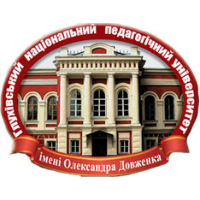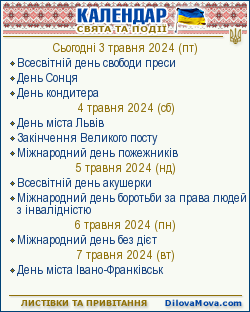Languages
BIRIOVA O. Yu. The nature of land ownership in Slobidska Ukraine during the second half of XVII – the middle of the XVIII centuries.
The article is devoted to the research of the land property in Sloboda Ukraine. In the middle of the XVII century the territory of Sloboda was not inhabited. New inhabitants moved to this land. All classes had the right to use the land freely. Permission to land given Colonels. The land could be sold, though officially it was forbidden. The illegal territory was confiscated. In the thirties of the XVIII century created the organization for the legal accounting documents.
Sloboda Ukraine was similar socially and economically to the Hetman state. The first Ukrainian settlers in the region were divided along social lines into Cossacks, clergymen, burghers (merchants and craftsmen), and common peasants (pospolyti). There was no nobility in the region in the 17th century. The majority of the population consisted of Cossacks, who constituted half of the region's population until the mid-18th century. The Cossacks themselves were divided into Cossack helpers, elect Cossacks, and the Cossack officers. In 1732 there were 23,565 elect Cossacks and 72,226 helpers in the four regiments (in 1763, there were 58,231 and 108,301 respectively). Landless peasants, mainly former Cossacks and free peasants who had lost their households and land, worked on the estates of wealthier Cossack estate owners. In 1732 there were 12,978 of them in the four regiments. The elect Cossacks gradually became a closed class of freemen, and the landless peasants, became enserfed to the officers landowners. The common peasants became divided into those working their own land and those on the estates of the officers, Russian service personnel, and monasteries. The burghers were few in number.
Russians in Sloboda Ukraine formed a separate, socially heterogeneous group. Initially they came in various official capacities, but by the 18th century they had become local landowners, small independent farmers (odnodvirtsi), or common peasants. One estimate puts the number of Russians in the four regiments at 1,650, concentrated mainly in the Kharkiv region. As in the Hetmanate the Cossack officers amassed progressively larger estates, and the local peasantry was increasingly impoverished. By 1768, 196,336 of 381,745 male peasants in the region were virtual serfs.
The largest Cossack landowner families in Sloboda Ukraine were the Danylevsky, Donets-Zakharzhevsky, Kvitka, Kovalevsky, Kondratiev, Kulykovsky, Lesevytsky, Nadarzhynsky, Osypov, Perekrestov, Teviashov, and Shydlovsky families. The Kapnist, Myklashevsky, Myloradovych, and Polubotok families from the Hetman state also had large estates in the region. The Russian landowners included the Dunin, Gendrikov, Golitsyn, Kropotkin, and Yusupov families. Among other foreign landowners was the Moldavian Kantemir family.
Key words: land ownership, buying, property, settlement, colonel.
- 1203 reads





